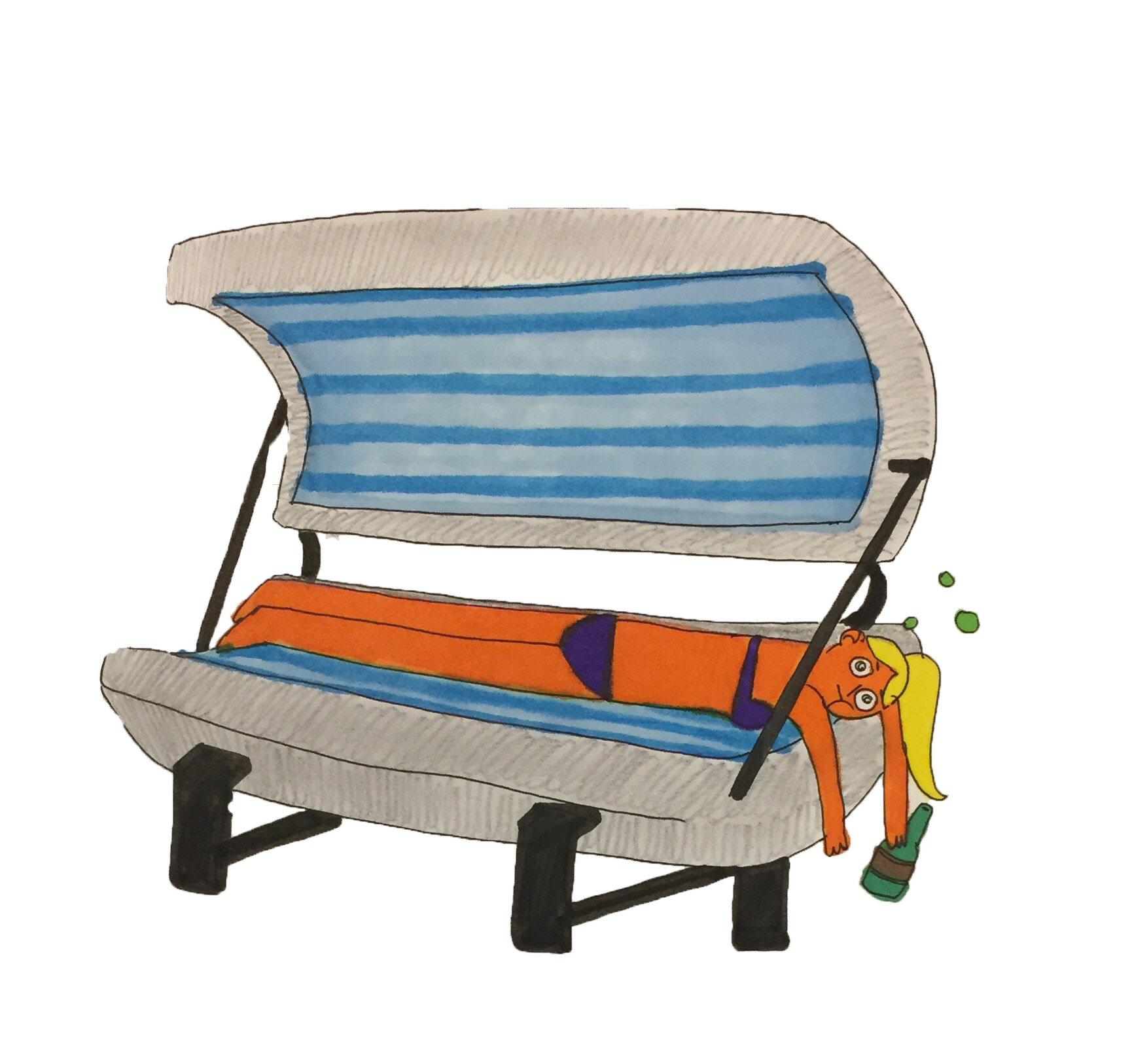
New research from the Yale School of Public Health uncovered a link between people suffering from an addiction to indoor tanning and those who suffer from other addictive behaviors such as alcoholism.
The study, led by Brenda Cartmel, a professor in the department of chronic disease epidemiology, analyzed behaviors linked to a high probability of tanning dependence in 499 participants. Indoor tanning has been linked to early onset of skin cancer, including melanoma and basal cell carcinoma, according to previous research by Cartmel.
“If we can now try to think about prevention messages or prevention interventions early on then we may have a bigger impact on some of the skin cancer risk in young populations,” said Leah Ferrucci SPH ’06 GRD ’09, a senior researcher in the department and author on the paper.
According to the Centers for Disease Control and Prevention, about one-third of the U.S. population visits a tanning salon during their lifetime, and 7 percent of all high school students are regular tanners. However, ultraviolet light is a class I carcinogen and considered a primary environmental risk factor for melanoma and non-melanoma skin cancer, the study claimed.
The research added that participants with tanning dependence experienced increased activity in brain regions associated with reward when using a UV tanning bed rather than a non-UV bed.
Of the 499 participants in the study, about half had basal cell carcinoma — a form of skin cancer that kills around 2,000 people each year in the United States, according to the American Cancer Society. The researchers also diagnosed 25 percent of the participants with tanning dependence.
Ferrucci added that the participants in this study tended to be older than the participants in most skin cancer studies, with an average age of 39. She added that although in most previous studies, the participants were young adults, the results of this study were consistent with previous studies on alcohol and tanning dependence.
“I think having this larger sample size was important because we are seeing these same associations that had been present in smaller samples,” Ferrucci said. “It’s nice that we’re seeing the same types of behaviors … being correlated in different populations and in different sizes.”
The study stated that predictors for tanning dependence included alcohol dependence, seasonal affective disorder and “exercise addiction.” Tanning dependence was also more common among females.
While the study was primarily focused on investigating correlation, Ferrucci cited other research that could reveal more about the relationship.
“There is a great deal of work emerging on a risky phenotype or [risk-prone individual] in which case they might have many different potential dependencies on different types of behaviors or substances, so it could be something like that with the alcohol,” she said.
According to the American Skin Cancer Foundation, 20 percent of Americans will develop skin cancer during their lifetimes.







